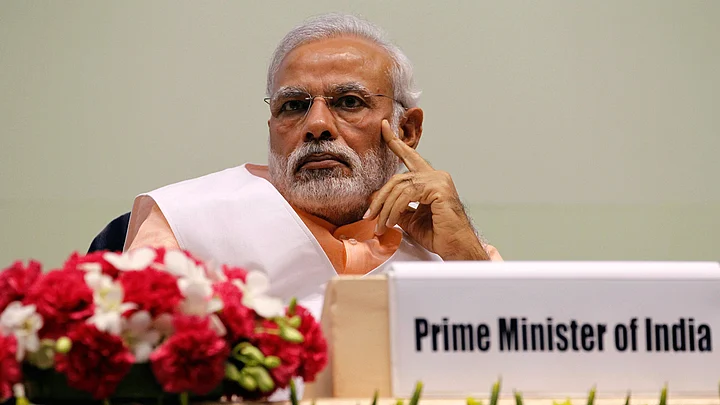Today is World Habitat Day. The United Nations has selected ‘Public Space for All’ as this year’s theme to revisit its mandate of promoting sustainable development policies that ensures shelter for all.
World Habitat Day also reminds the world that “we all have the power and the responsibility to shape the future of our cities and towns.”
By announcing the ‘Housing for all by 2022’ scheme, the Narendra Modi government has not only implemented one of its election promises but has also taken a big step in kick-starting the economy.
Before commenting on its impact on the economy, let’s first look at what the scheme has to offer.
National Urban Housing Mission
- Rehabilitate slum dwellers with the participation of private developers using land as a resource
- Promote affordable housing for economically weaker sections through a credit-linked subsidy
- Central assistance of Rs 1.50 lakh to promote housing stock for the urban poor with the involvement of private and public sectors
- Provide reasonable incentives for low income group (LIG) and the EWS category
Nation Building Exercise
There are four components to the National Urban Housing Mission. The aim is to rehabilitate slum dwellers with the participation of private developers using land as a resource. Secondly, it aims to promote affordable housing for economically weaker sections through a credit-linked subsidy by giving an interest subsidy of 6.5 percent on housing loans up to a tenure of 15 years.
It also intends to provide subsidy for beneficiary-led individual house construction or enhancement. Finally, central assistance of Rs 1.50 lakh would be provided to promote housing stock for the urban poor with the involvement of private and public sectors, provided 35 percent dwelling units of the proposed projects are earmarked for the economically weaker section (EWS) category. The scheme has provided for reasonable incentives for low income group (LIG) and the EWS category.
The sheer enormity of the scheme can be judged from the fact that the government aims to cover the entire urban area consisting of 4,041 towns with an initial focus on 500 Class I cities in three phases: Phase I will be from April 2015-March 2017, which will cover 100 cities; Phase II will cover an additional 200 cities between April 2017 and March 2019 and Phase III will cover the remainder between April 2019 to March 2022. Work in rural towns will go on simultaneously with a target of building 40 lakh houses every year.
It is a nation building exercise, the kind of which has not been seen in the country. But does the country need so many houses?
Reports by world renowned consultants say that India needs close to 7 million houses every year and almost three-fourth of the demand is from the affordable housing segment. So the government’s plan of creating two crore houses in the urban area and three crore in rural sector till 2022 meets this target.
Implementation, a Challenge
While the equation tallies in theory, implementation of the policy will be the key in meeting this target. One of the biggest hurdle in achieving this target is clearance of the Land Acquisition Bill. No wonder opposition parties do not want the bill to see the light of day.
While the opposition would surely like to see these projects delayed, the government has an uphill task as it will have to provide basic infrastructure like water, sewage, roads, power, telephone lines and other social infrastructure like playgrounds. Along with these the other key resource needed will be money.
Urban housing alone will need nearly Rs 3 lakh crore.
But creating these houses is not the government’s responsibility alone. The government is incentivising the entire process for the benefit of both the public and private sectors. Various private players are already gearing up to meet the challenge.
Affordable Housing
Housing finance major HDFC has already raised money in the international market and so have many other companies. There is a lot of interest in the international market for India’s affordable housing projects.
While providing affordable housing is the ultimate aim, the scheme can revive the entire Indian economy. Construction is one of the key economic activities which can propel the economy. It is among the largest providers of employment, consumes the two key commodities, cement and steel in large quantities, and has the biggest impact on small and unorganised enterprises.
A total investment of Rs 12-13 lakh crore will be required for the entire project out of which around Rs 3 lakh crore will be the government’s contribution. But the multiplier effect on the economy will set the ball rolling, leading to revival.
For those who criticised the government for lacking big bang reform ideas, it does not get bigger than this.
(The writer is a Mumbai-based market analyst.)
